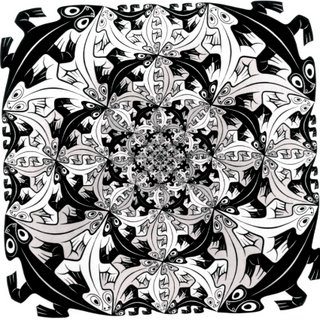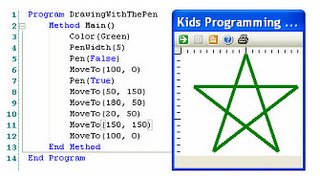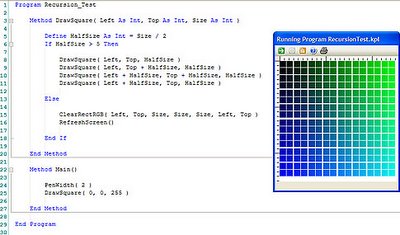M.C. Escher is, without any doubt, one of the most famous graphic artist of the last century. And he is specially fascinating for those interested in maths, programming and computer graphics (I have to say that one of his prints is decorating the most important wall in my living room).
Visit his official web site in order to learn more about this artist: www.mcescher.com
Why is he so fascinating for a programmer and computer graphics lover ? Just see two of his prints...


Concepts like recursion and fractal geometry are an important constant in some of his works. Iterative patterns, recursive definitions, morphing (smooth transition between images), chaos, fractal geometry and lots of computer science topics are part of Escher's incredible mind.
Another important part of his work was centered in the creation of so-called impossible drawings. But some of them seem not to be so impossible. A good work presented by Gershon Elber shows us how to create 3D models that, from specific points of view, are able to explain some of these impossible drawings. It is worth to see.
As an example, below you can see some computer generated models that are able to explain some of his famous drawings.
(if you have bandwidth problems, watch all the video until the end, and press 'play' again; normally the cache is going to help you the second time)
Finally, a demonstration on his influence in our time in a very beautiful advertisement:


